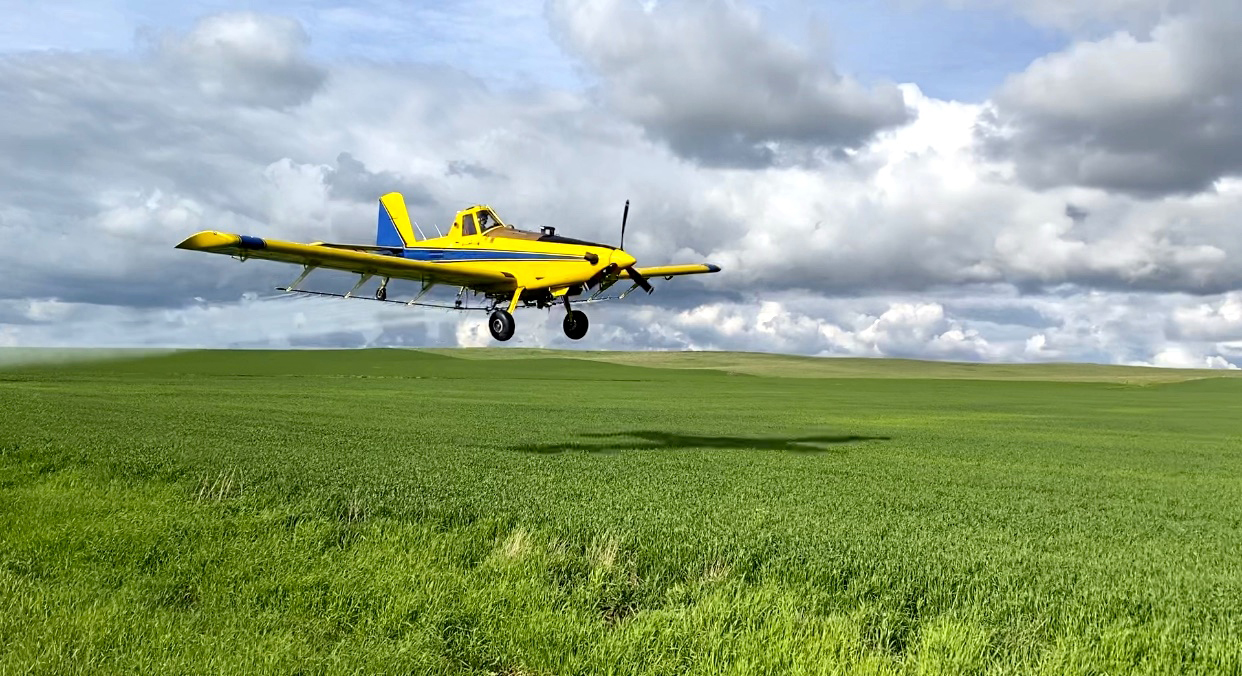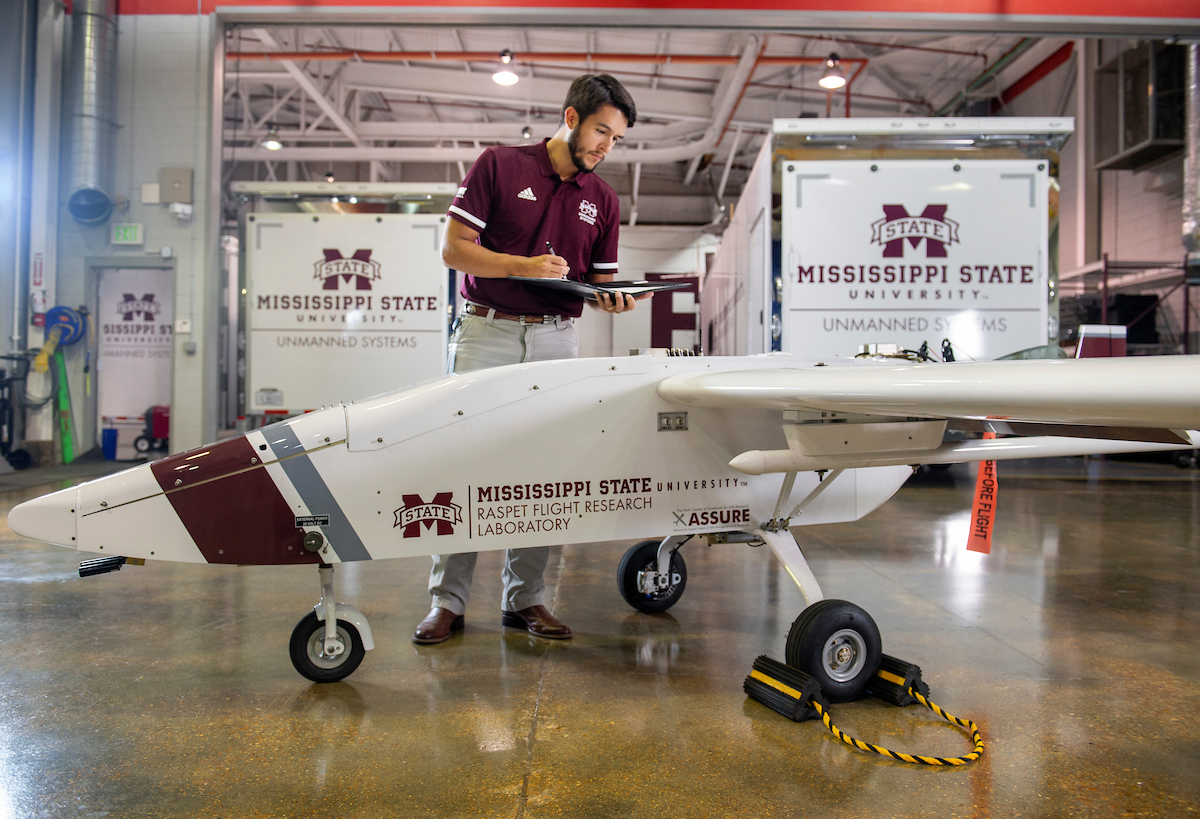
Contact: Chris Bryant
STARKVILLE, Miss. – A national agriculture trade show will highlight recent ag aviation research by a Mississippi State flight lab during a Dec. 6 panel discussion in Savannah, Georgia.
The National Agricultural Aviation Association invited Madison Dixon, research director at MSU’s Raspet Flight Research Laboratory, to present the lab’s findings during the Ag Aviation Expo, billed as the premier trade show for agricultural aviation and including a variety of speakers and educational sessions.
The Expo, scheduled from Dec. 6-9, will be at the Savannah Convention Center.

Dixon will participate in the “Potentials and Preventing Perils of Automated Aerial Application” panel session where he will present findings from a 3-year research effort where Raspet sought to better understand how agricultural aviation can safely share the skies with unmanned aircraft systems, often referred to as UAS or drones.
Flying as low as 10 feet off the ground and at speeds up to 140 miles per hour, ag aviators share this low altitude space with UAS more frequently than do other manned aircraft. Raspet researchers identified flight trends among ag fliers and plans to later integrate the data with existing predictive models to account for ag aviation when developing safe integration of UAS into the national airspace system.
For its analysis, Raspet drew from some 35,000 individual flight data logs of ag aviators via the Mississippi Agricultural Aviation Association and the National Agricultural Aviation Association.
Ranked among the top five percent nationally in agriculture research for more than two decades by the National Science Foundation, Mississippi State is a leader in both agricultural and UAS research.
MSU’s Raspet Flight Research Laboratory is the nation’s leading academic research center dedicated to the advancement of unmanned aircraft systems. Raspet is the only institute in the world designated both as the FAA’s UAS Safety Research Facility and as official UAS Test Sites for both the FAA and the Department of Homeland Security. Home to a fleet of the largest and most capable unmanned aircraft in academic use, Raspet conducts UAS research on behalf of federal agencies and commercial industry alike, and it remains a world leader in composite material research.
MSU is Mississippi’s leading university, available online at www.msstate.edu.